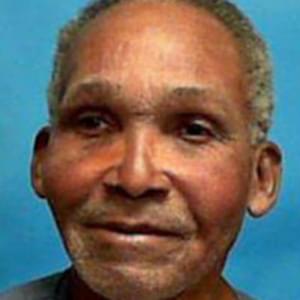Byron Halsey, who narrowly escaped a death sentence in New Jersey in 1988, had his conviction vacated after DNA tests pointed to another man as the assailant. Halsey’s defense attorneys from the New York-based Innocence Project and the Union County District Attorney’s Office had asked a state judge to grant a joint motion to vacate Halsey’s conviction for the sexual assault and murder of two young children. The motion states that DNA testing on several key pieces of evidence used to convict Halsey actually indicated the guilt of another man, Cliff Hall, who is already in prison for several other sex crimes in New Jersey and who testified against Halsey during his trial.
“With New Jersey in the middle of a serious discussion about whether the death penalty is worth its risks and costs, it is imperative that we learn the lessons of Byron Halsey’s case. The fact is that Byron Halsey is lucky he is alive to see DNA test results in this case. The state fought hard to execute him for a crime that, two decades later, science proves he did not commit,” said Barry Scheck, Co-Director of the Innocence Project. Last week, a New Jersey Senate committee approved legislation that would replace the state’s death penalty with life without parole.
According to the Innocence Project, 201 people in the U.S. have been exonerated through DNA testing, including four from New Jersey and 15 people from across the nation who had been sentenced to death. As in Halsey’s case, DNA in more than 37% of exoneration cases also helped identify the true perpetrator of the crimes. Halsey was released on bond, pending the state’s consideration of its options to re-try him, though all charges may be dismissed in July.
(Innocence Project Press Release, May 15, 2007; N.Y. Times, May 16, 2007). Read the Press Release about Halsey’s Case. Read the Joint Motion to Vacate Halsey’s Conviction. See also, Innocence.
Innocence
Mar 01, 2024

Death-Sentenced Philadelphia Prisoner Daniel Gwynn Exonerated After Nearly 30 Years
Innocence
Feb 23, 2024

Black History Month Profile Series: Craig Watkins
Innocence
Feb 05, 2024


